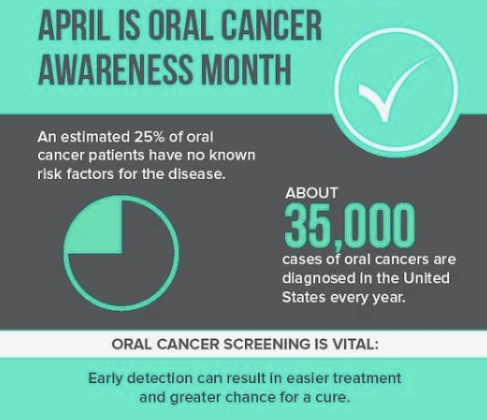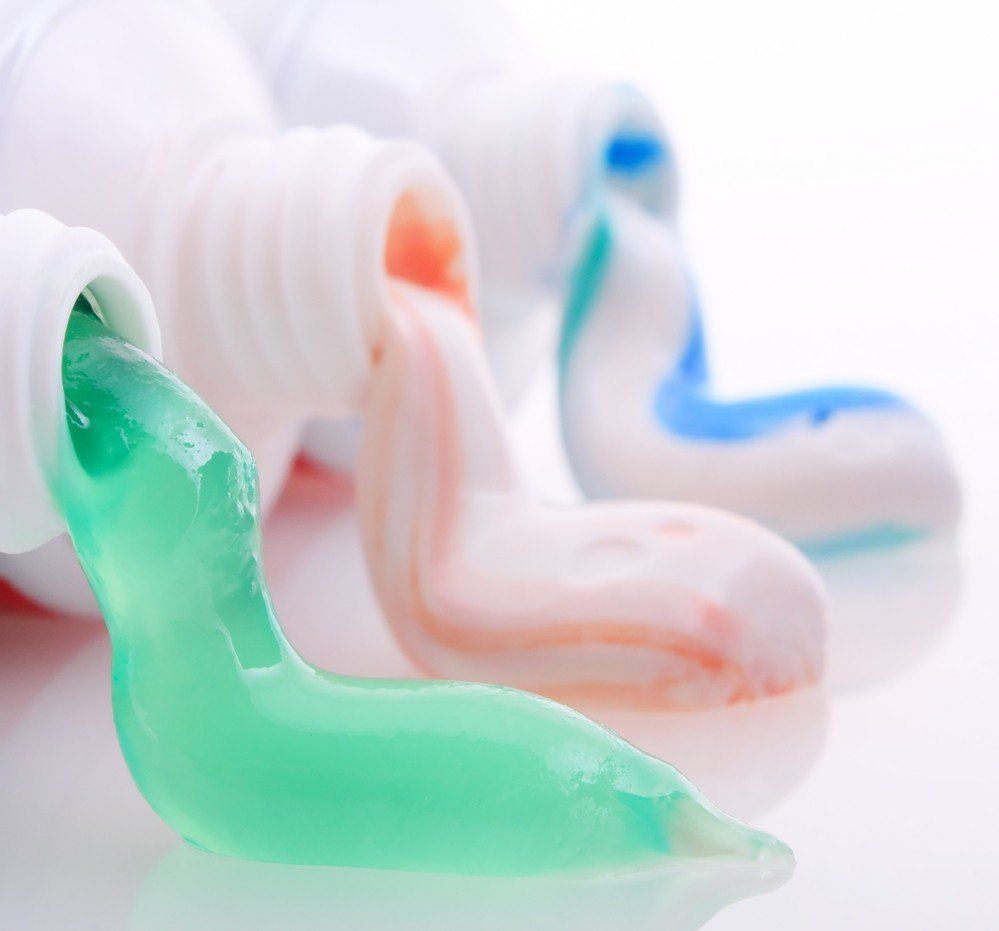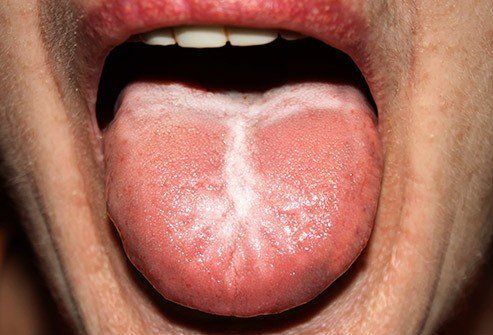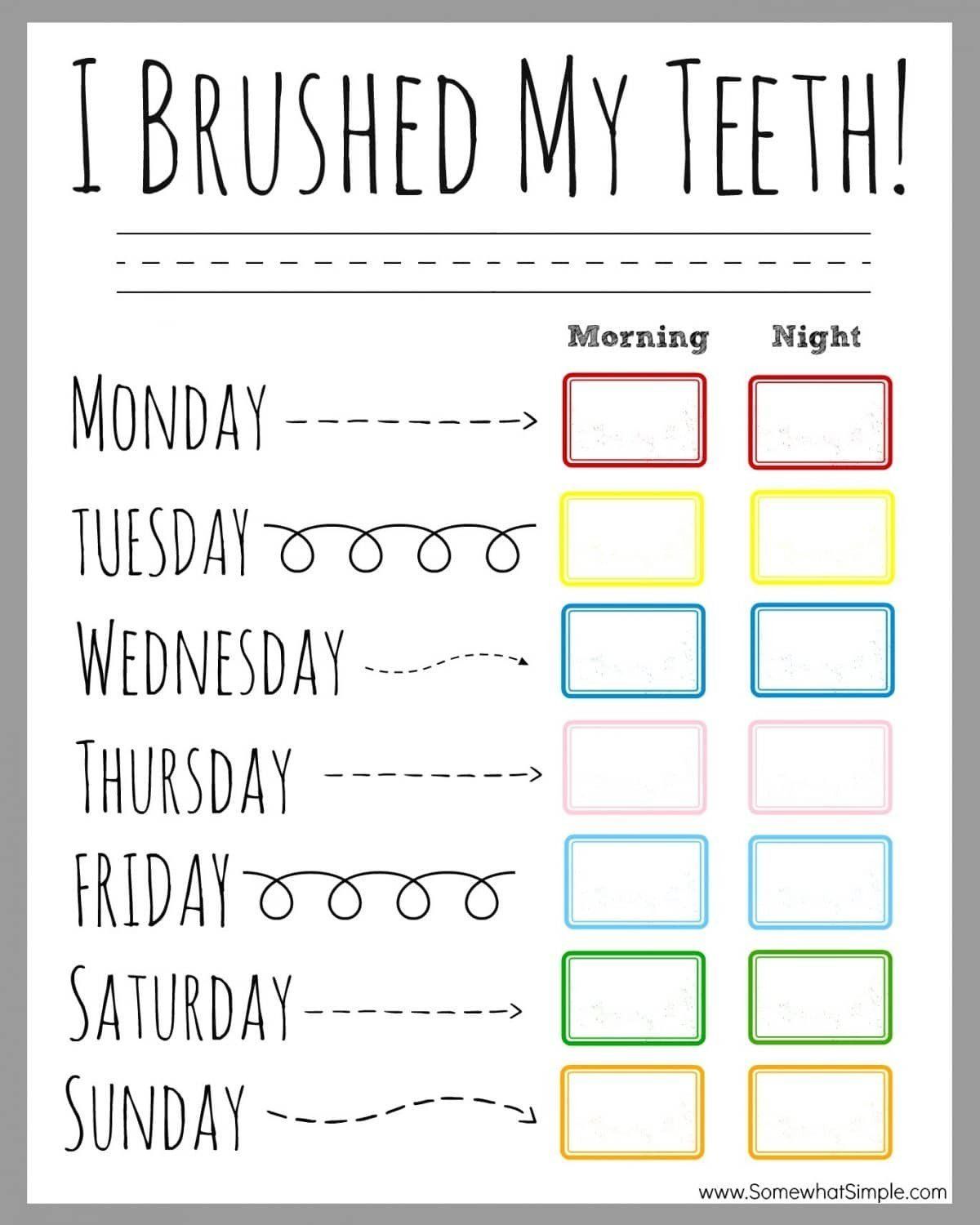What Your Dentist Knows About You Just By Looking In Your Mouth
- By Joel Snyder
- •
- 29 Nov, 2016
- •
While cavities and plaque build-up may be what's on your mind before a teeth cleaning, your dentist is looking for a whole lot more. "The mouth is the window to the body," says David Silverstrom, DDS, of The Silverstrom Group in Livingston, NJ. "Often, diseases like cancer, anemia and diabetes will first be identified by the dentist in a regular examination, and this saves lives." And it's not just diseases—dentists can discover everything from your bad habits to your favorite beverages simply by asking you to say, "Ahh!"
1. You flossed right before your appointment—and that's the only time.
Sorry, but you can't fool your dentist into thinking you floss daily by doing so the night before or morning of your visit. "The gums of people who only floss right before a visit are bleeding or look damaged," says Timothy Stirneman, DDS, of All Smiles Dental in Algonquin, IL, "whereas, healthy gums are nice and tight and pink," he says. Kenneth Wong, DDS, of Santa Monica adds, "When patients floss right before coming for a cleaning, I can see the slices where the floss cut at the gum because they were overzealous."
2. You're pregnant.
"Nearly 40% of women will develop gingivitis during their pregnancy," says Glen Stephenson, DMD, of Prevention Dental in Boise, ID. "This is caused by increased progesterone, which facilitates the growth of bacteria, causing gingivitis. Some women will develop a deep red lump on their gums called a pregnancy tumor or pyogenic granuloma." (This type of tumor is completely benign and will go away after the pregnancyis over.) Stirneman adds that most women are typically pretty far along before their gums start bleeding, so it's not as though a dentist will magically "discover" that a patient is pregnant.
3. You bite your nails.
Without looking at your hands, a dentist may be able to detect this habit. "Signs include chips and cracking of the teeth, plus wear and tear on the teeth from the constant stress on them," says Keith Arbeitman, DDS, of Arbeitman & Shein in New York City. "This can cause your teeth to become uneven and lead to jaw pain and discomfort." Kyle Stanley, DDS, of Helm, Nejad, Stanley in Beverly Hills adds, "Patients that bite their nails using their front teeth usually have leveled off, flat front teeth. The nails themselves are not what cause the damage, but rather the contact that occurs between the top and bottom teeth," he says.
4. You used to suck your thumb.
"Most children that suck their thumbs or a finger have no long-term effects from the habit," says Stephenson. "However, those who did so past the age of seven or eight may show significant changes to their bite or the position of their teeth. Much of that can be corrected through orthodontic treatment, but some telltale signs can remain." Alice Lee, DDS, of Montefiore Medical Center in Bronx, NY, adds, "We can sometimes see protruding front teeth, and this can impact how kids' jaws are coming together and growing and can also impact their speech."
5. Your bad breath may mean something.
"General bad breath can be categorized as halitosis," says Arbeitman. But dentists are also trained to identify "fruity" smells and "fishy" smells, which can mean numerous things. " 'Fruity' breath could indicate uncontrolled diabetes or a dietary fast that has gone too far, while 'fishy' breath could be a sign of kidney or liver failure," he explains. If the smell is "very foul," says Arbeitman, it could be anything from gastroesophageal reflux (GERD) to an underlying lung abscess and bronchitis to a tonsil stone. Timothy Chase, DMD, of SmilesNY in New York City, adds, "The first thing the dentist should do is rule out the odor coming from the teeth and gums. After that, he should recommend that the patient see an ENT to rule out sinus issues, and a GI doc to rule out reflux issues."
6. You may have an eating disorder.
"Many patients are surprised that their dentist is the first one to ask about eating disorders," says Chase, "but bulimia exhibits a very distinct pattern of tooth wear that your dentist can easily identify." Stephenson notes that, "This erosion happens almost exclusively on the tongue-side of the front teeth and can contribute to increased cavities." But Silverstrom is quick to point out that acid erosion on the back of a patient's teeth does not always indicate an eating disorder. He says other possibilities include acid reflux and the use of antidepressants or mood-elevating drugs, both of which reduce the amount of saliva in the mouth, thereby upping the odds of acid damage.
7. You have a sinus infection.
"Often patients will call saying that they need a root canal," explains Ira Handschuh, DDS, of The Dental Design Center in NY, "when in fact it's actually a sinus infection and not a tooth problem at all." The reason, he explains, is because the roots of the top teeth are positioned in the same area as the floor of the sinuses. And both sinus infections and toothaches can show symptoms of pressure. "A simple home test is to have a patient bend over to touch their toes. If the pressure or pain increases just by doing this, the pain is most likely not tooth-related and he should see his ENT or primary care physician before coming to the dentist," he advises.
8. You have a vitamin deficiency.
"A deficiency of vitamins and minerals can cause many oral conditions, like burning tongue syndrome, tissue sloughing off, increased infections, delayed healing, bone infections, and easy-to-bleed gums," explains John P. Dougherty, DDS, MAGD, of Artistic Dental at the Biltmore in Phoenix, AZ. Stephenson adds, "Surprisingly, iron deficiencies show up in many ways in your mouth. It can give some patients severe sores in the corners of their mouth while others have changes in their tongues. Some may experience a painful burning sensation, or all the small papillae fall off their tongue leaving it glossy and smooth. Getting more iron will solve these problems."
9. You have diabetes.
"Many times, imbalances in sugar will show a rapid change in the healthof your gums, including increased swelling, bleeding, and sensitivity," says Handschuh. "In conjunction, the consistency of saliva may change, and there may be increased decay. These may all be signs of sugar levelsthat are out of control, so dentists can alert patients to see their doctor to check for diabetes."
10. You have a drinking problem.
"Alcoholic patients are cavity-prone because alcohol tends to dry the mouth out," says David Tarica, DMD, of 34th Street Dental in New York City. "A dry mouth will lead to cavities, because saliva neutralizes the damage-causing acid in our mouths. In addition, alcoholics have 'chipmunk red cheeks,' and the smell alone is usually a giveaway."
11. You have oral cancer.
"The first signs of oral cancer can be seen from the following: unexplained bleeding in the mouth, white, red, or speckled patches in the mouth, a change in the way your teeth fit together, swellings, thickenings, lumps or bumps or eroded areas on the lips, gums, or other areas inside the mouth," explains Michael Apa, DDS, of Rosenthal Apa Group in New York City. "An oral surgeon should be consulted for a biopsy of any suspicious tissue."
12. You love Gatorade.
You may know why you chipped your tooth, but Hugh Flax, DDS, of Flax Dental in Atlanta says that even though the cause may be apparent, "there could be underlying factors that weakened the tooth and made it susceptible to being chipped in the first place." He explains that teeth can be softened by sodas and other sugary beverages over time, which may make a tooth more susceptible to chipping. Energy drinks, which tend to be even more acidic than soft drinks, may cause even more damage to tooth enamel, he says.
Article Posted on: http://www.prevention.com/health/what-your-dentist-knows-about-your-health?_ga=1.81606103.1990321626...

Contact us!
https://www.fabuloussmilesdental.com/contact

ADA Approval
First, make sure you choose a product approved by the American Dental Association and displaying the seal on its packaging. There are plenty of fluoride-free, organic, and all natural options tested by the ADA for both safety and effectiveness at keeping the teeth clean. Products without these seals have not necessarily been tested for their claims and quality, so you’re gambling with the health of your mouth by using them.
Focus on Needs
Consider what your teeth need the most to choose a toothpaste with the right extras. Whitening toothpaste can’t always replace professional whitening from a dentist, but it does work to prevent surface stains that cause your white smile to lose its brightness after treatment. Most toothpastes tend to target one of more of the following conditions or needs:
- Sensitivity, in the gums and teeth, from mild to severe pain
- Fluoride products are essential for kids, adults who don’t get enough of it in their diet, and people with diabetes and many other conditions
- Anti-cavity, which most products cover but which should always be checked
- Anti-gingivitis, ranging from over the counter to prescription products for healthier gums.
Watch Out!
There are a few products you don’t want to use on your teeth, and they’re often sold as cosmetic products rather than medically tested toothpaste. Any whitening toothpaste with a very abrasive ingredient, ranging from natural walnut shell to plastic microbeads, can leave your teeth with enamel damage that is permanent and hard to treat. Activated charcoal powders can also discolor teeth along with eroding your enamel. Look for toothpaste products that reinforce enamel rather than damaging it.
Picking a Toothbrush
Of course, the toothpaste still needs to be applied to the teeth with the right tools to effectively protect you from cavities and gum disease. The wrong toothbrush can damage your enamel, scratch your gums, or fail to remove trapped food from between your molars. Only use soft bristled brushes unless given advice from your dentist to the contrary. For most people, stiff bristles are too hard for their gums. The tip of each bristle should be rounded and not pointed or square so that food debris and tartar comes loose with each sweep. Replace your brush every three months even if it still looks new and fresh since bacteria can build up over time.
Need more advice about what to do to take care of your teeth? Make an appointment with your dentist for a routine cleaning or a timely inspection. You can discuss your concerns without feeling rushed and determine if your current oral health practices are sufficient for keeping your smile bright, healthy, and strong.

Creamy white spots could be thrush, a fungal infection (shown below). It often happens after an illness or medications throw off the balance of bacteria in your mouth. White patches that look lacy could be lichen planus, which means your immune system is attacking the tissues in your mouth. If you see hard, flat, white areas that can’t be scraped away, it could be leukoplakia, which is linked to cancer. Let your dentist know about any white patches you see.


